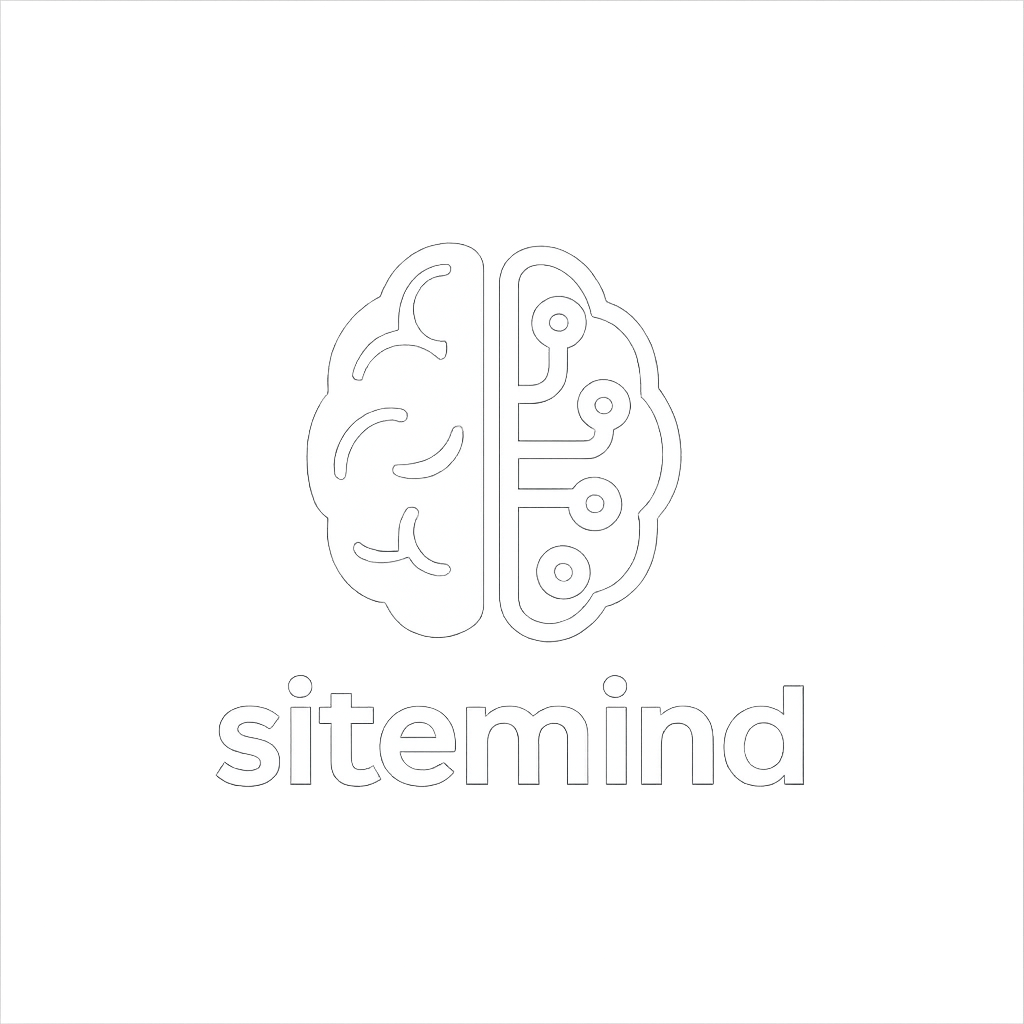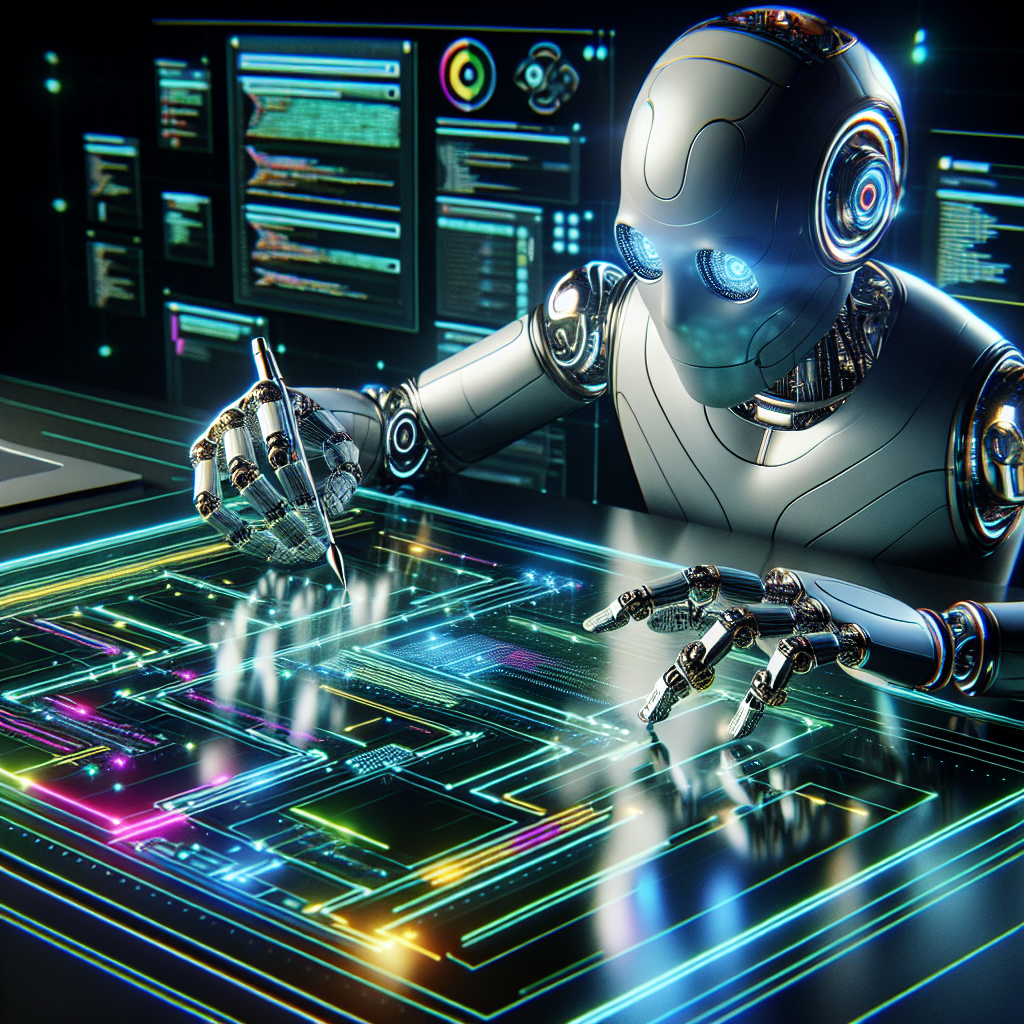Introduction:
In an era where technology is revolutionizing every aspect of our world, AI (Artificial Intelligence) is leading the charge. This influential technology is transforming how we do business, opening up new opportunities for growth, efficiency, and success. One of the most groundbreaking applications of AI in the realm of digital marketing is its ability to build landing pages automatically. Without the need for time-consuming manual input or extensive programming knowledge, AI-powered tools can create highly efficient and engaging landing pages with ease. This blog post will delve into why you, as tech-savvy business owners, should consider harnessing AI technology to automate your landing page creation, and how you can do so.
1. Why Utilize AI for Landing Page Creation:
– Increased Efficiency: AI eliminates the time-consuming graft of manual designing and coding, accelerating your landing page creation process.
– Consistency: Leveraging AI ensures design and branding consistency across all your landing pages, improving your brand identity.
– Personalization: AI’s predictive algorithms can personalize landing pages based on user behavior, significantly increasing your conversion rates.
2. Essential Components of AI-based Landing Page Builders:
– Drag-and-drop Interface: Streamlines the process of developing unique landing pages.
– A/B Testing Capabilities: Helps test variations of a landing page to identify which produces the best results.
– Analytic Tools: Provides insightful data about landing page performance and user behavior.
– CMS Integration: Easily syncs with your current Content Management System (CMS).
3. Top AI Tools to Automate Landing Page Creation:
To fully utilize this burgeoning trend, it’s crucial to be aware of the top AI tools available to automate the landing page creation process. Here are some recommendations:
a) Instapage: This tool leverages machine learning to provide real-time analytics and heatmaps for optimization.
b) Unbounce: Unbounce uses AI to facilitate personalized designs and A/B test performance.
c) Landbot: Landbot makes use of chatbot technology to create engaging, interactive landing pages to maximize conversions.
4. Steps to Build an AI-enabled Landing Page:
a) Select an Ideal AI Tool: Evaluate the AI tools available on the market based on your business requirements, budget, and functionality requirements.
b) Define Your Goals: pin down what you hope to achieve with your landing page – higher conversion rates, lower bounce rates, or better engagement.
c) Generate Your Design: Use your chosen tool to generate your landing page design, incorporating engaging elements such as images, buttons, and interactive features.
d) Optimize and Test: Cycle through iterations of your landing page using A/B testing to find the most effective design. Always analyze performance data and make necessary adjustments.
Conclusion:
In the digital marketing landscape, the only constant is change. As the rise of AI continues to reshape the industry, businesses must adapt and harness these new technologies for competitive advantage. AI’s ability to automate and optimize the landing page creation process offers an efficient approach to improve your marketing ROI, user engagement, and overall business growth.
Embracing these cutting-edge tools, you can free up more time for strategy planning and creativity while still ensuring your landing pages are effective, engaging, and converting well. Leveraging AI in your digital marketing strategy is an investment into the future – a future where automation and intelligence lead the way to success. As a tech-savvy business owner, you are well-poised to lead your business into this bright, promising horizon.




